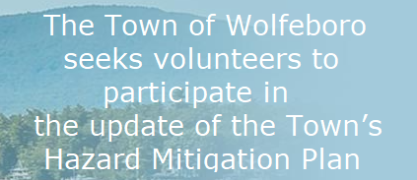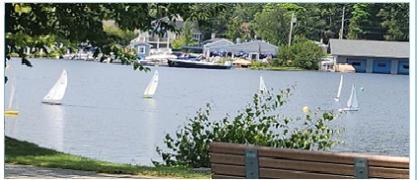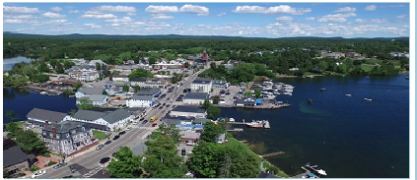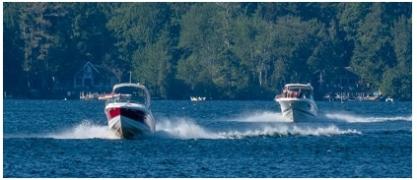Rust Pond Water Quality Summary
The Rust Pond Association, founded in 1950, has been overseeing the level and purity of Rust Pond. It was a founding member of the NHDES Voluntary Lake Assessment Program and has 30 years of water quality measurements on the pond. Rust Pond was the first of Wolfeboro Waters to have a watershed assessment and management plan [no longer available on DES site], which was completed Winter 2007.
The assessment plan reported total phosphorous (TP) concentrations in the surface waters (epilimnion) and near the thermocline (metalimnion) to be 9 ug/L and in the bottom waters (hypolimnion) to be 12 ug/L. These are considered average, but the plan identified the North Inlet Tributary to the pond as having high TP levels (32.9 ug/L) and recommended measures to reduce that input of phosphorous to the lake, as well as to reduce phosphorous inputs from a variety of other sources.
The assessment also determined that dissolved oxygen levels in the bottom 2-3 meters (6-10 feet) of the pond in late summer were zero and identified a number of actions that could be taken to limit the amount of organic material flowing into the pond.
The most recently available water quality data from VLAP for Rust Pond in 2017 indicate total phosphorous (TP) concentrations in the surface waters (epilimnion) to be 6 ug/L and near the thermocline (metalimnion) to be 7 ug/L and in the bottom waters (hypolimnion) to be 11 ug/L and that there is a significant trend over time toward lower concentrations. On the other hand, North Inlet TP levels were higher and of concern at 45ug/L.
In addition, limited data suggest that dissolved oxygen levels in 2018 were “encouragingly” better than in 2007.
The 2018 VLAP report flagged pH (Acidity) and Conductivity/Chloride as being within desirable levels but trending upward significantly, an undesirable direction. VLAP recommends reducing the application of road salt and checking the North End Inlet for possible new sources.










